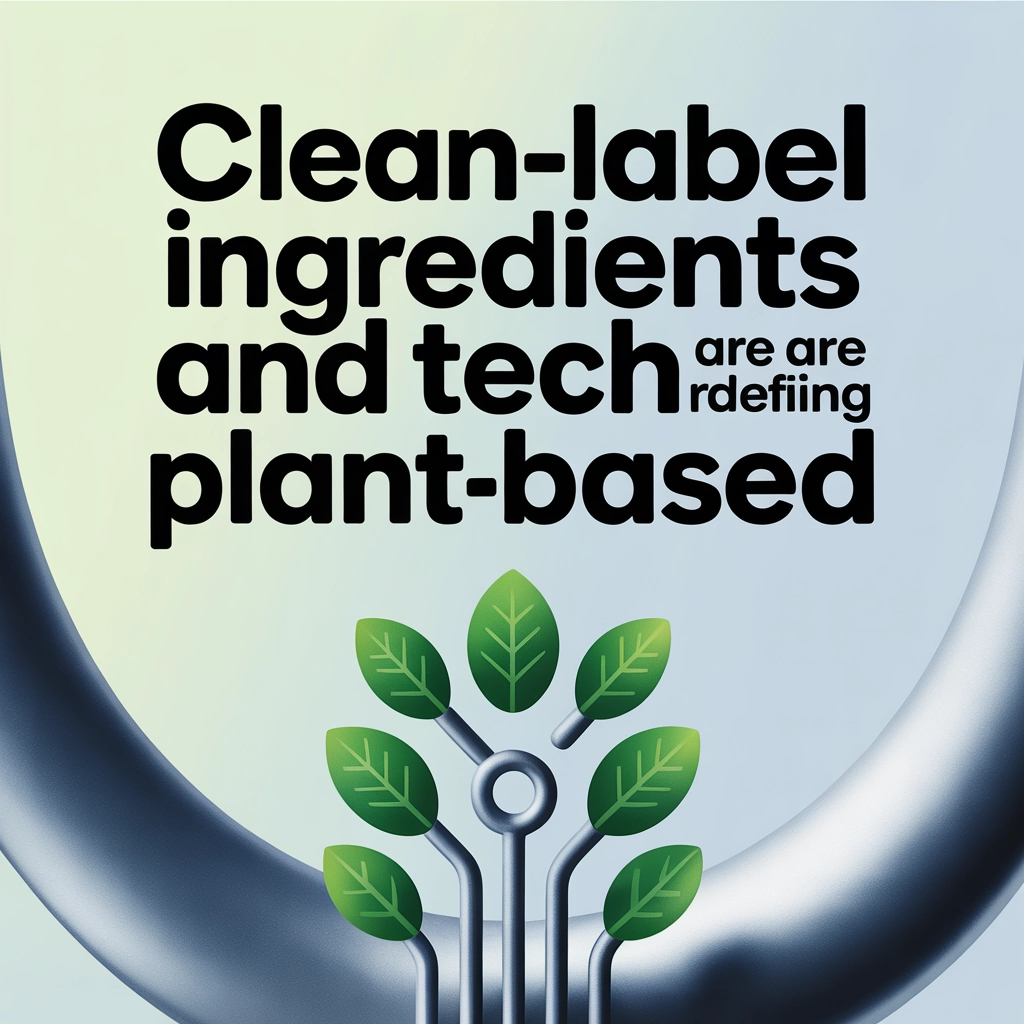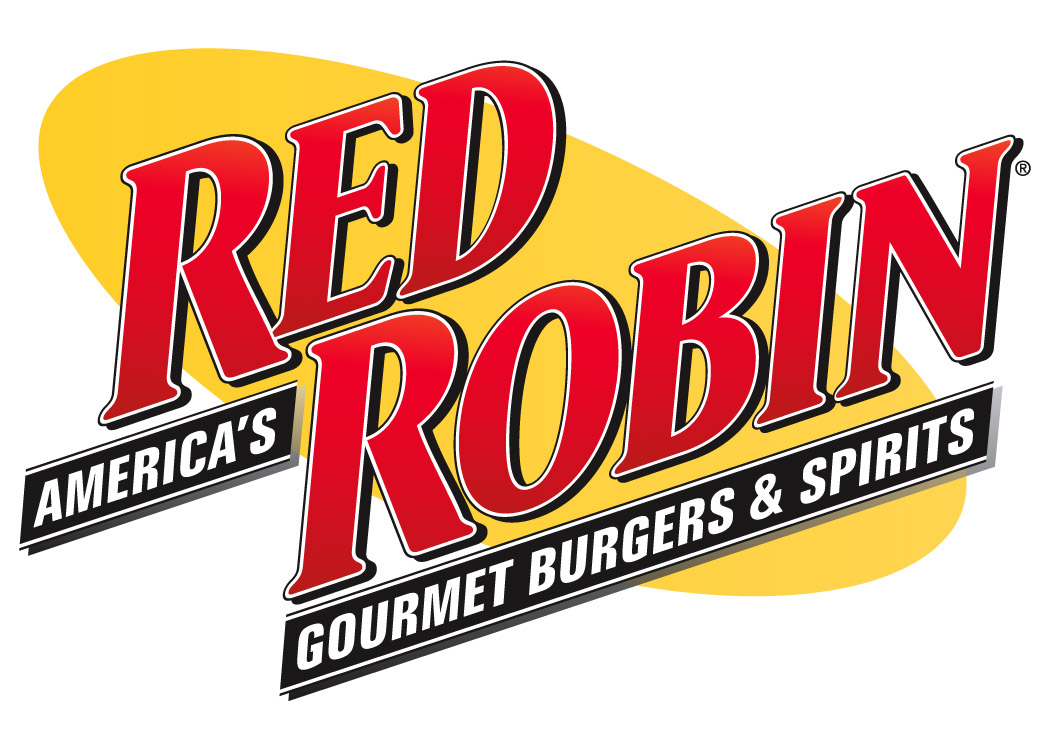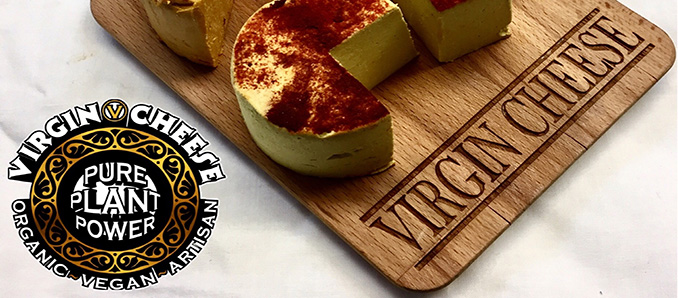The Plant-Based Revolution Gets a Clean Makeover
The plant-based market isn't just growing—it's evolving. As consumer preferences shift toward transparency and simplicity, the industry faces a pivotal moment: adapt with cleaner labels and innovative technology or risk losing market share. Today's consumers aren't just asking "Is it plant-based?" but "What's actually in it?" and "How was it made?"
This evolution marks a significant departure from first-generation plant-based products that prioritized mimicry over clean ingredients. The days of 20+ ingredient lists filled with unfamiliar additives are giving way to a new era focused on minimal, recognizable components enhanced by cutting-edge food science.
Why Clean Label Matters in Plant-Based Foods
For today's conscious consumers, "plant-based" alone no longer suffices as a health halo. According to recent market research, 73% of plant-based consumers scrutinize ingredient lists, with 62% expressing concern about artificial additives and processing agents in their meat and dairy alternatives.
"Clean label isn't just a trend—it's the new baseline expectation," explains nutrition analyst Sarah Martinez. "Consumers increasingly view heavily processed plant-based options with the same skepticism they apply to conventional ultra-processed foods."
This shift reflects broader changes in consumer purchasing behavior across the food and beverage landscape, where transparency and authenticity drive loyalty. For restaurants and CPG brands alike, clean-label plant-based offerings have become essential for maintaining relevance with health-conscious audiences.
Key Clean-Label Ingredients Transforming Plant-Based Foods
The new generation of plant-based products leverages innovative ingredients that deliver on both functionality and clean-label appeal:
Protein Innovations
Beyond the standard soy and wheat proteins, formulators are turning to:
- Pea protein isolates (like PISANE™ T9): Offering excellent texture and neutral flavor profiles while supporting allergen-free claims
- Mung bean protein: Providing exceptional egg-like functionality in scrambles and baked goods
- Fava bean protein: Delivering high protein content with minimal off-notes
These protein sources not only satisfy clean-label requirements but also address allergen concerns that have limited the appeal of conventional plant-based options.
Functional Clean Ingredients
The clean-label movement has spurred innovation in functional ingredients that replace synthetic additives:
- Chicory root fiber (such as FIBRULINE™): Offers prebiotic benefits while enhancing texture and moisture retention
- Botanicals and spice extracts: Provide natural flavor enhancement and preservation properties
- Fermented vegetable proteins: Improve flavor profiles naturally while boosting nutritional value

Plant-Based Fats Getting Cleaner
Fat systems in plant-based products are experiencing a clean-label revolution:
- Structured plant oils: Delivering marbling and mouthfeel without hydrogenation or chemical modification
- Coconut oil fractions: Providing functional properties at various melting points without additives
- Olive oil and avocado oil blends: Creating premium positioning with recognizable, kitchen-familiar ingredients
"The challenge has always been achieving the sensory experience consumers expect without resorting to modified ingredients," notes Dr. James Lin, food scientist specializing in plant-based formulation. "Today's innovations are closing that gap with surprisingly simple solutions."
Technology's Role in Clean-Label Development
Technology is the unsung hero in the clean-label plant-based revolution, enabling simpler ingredient decks without sacrificing functionality:
Advanced Processing Technologies
- High-moisture extrusion: Creates meat-like textures with fewer binding agents and stabilizers
- Shear-cell technology: Produces fibrous structures mimicking muscle tissue using minimal ingredients
- Precision fermentation: Develops specialized proteins and fats that function like conventional ingredients
These technologies allow formulators to achieve desired sensory properties through physical manipulation rather than chemical additives.
Digital Transparency Tools
The clean-label movement extends beyond ingredients to include transparent communication:
- Blockchain supply chain tracking: Verifies sustainability claims and ingredient origins
- QR code integration: Provides consumers with detailed sourcing information and nutritional data
- Mobile scanning apps: Allow shoppers to evaluate products based on personalized health criteria
AI and machine learning are further revolutionizing food production by optimizing formulations with fewer ingredients while maintaining desired characteristics.
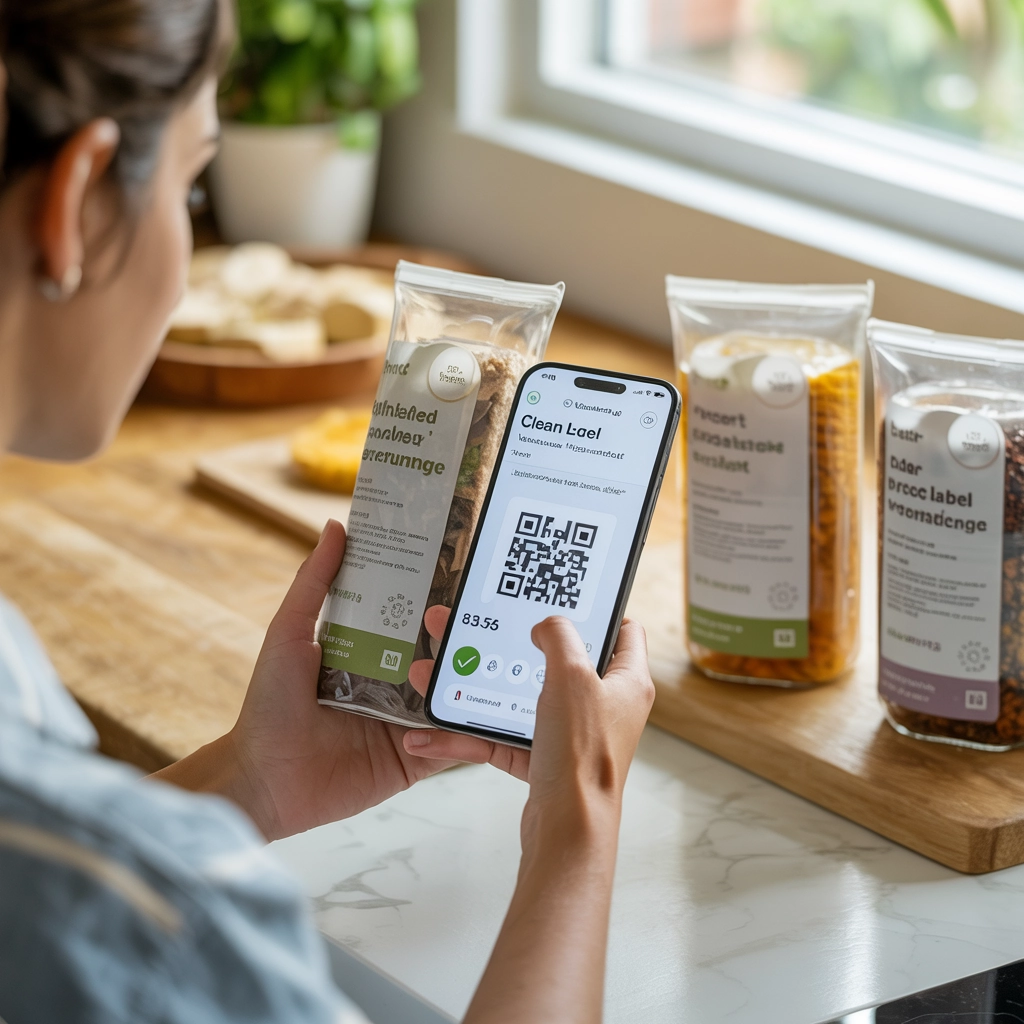
Market Growth and Investment Landscape
The financial figures underscore the significance of this shift. The global clean-label ingredients market is projected to reach $57.3 billion by 2025, with the clean-label plant-based segment growing at a CAGR of 15.5%. By 2035, experts predict the market could exceed $212 billion.
Investment in clean-label plant-based technology has seen remarkable growth:
- 2023: $1.7 billion in venture capital funding for clean-label plant-based companies
- 2024: Over $2.3 billion invested in first three quarters alone
- 2025 projections: Expected to surpass $3 billion as major food corporations increase strategic acquisitions
For food service establishments, this represents both a challenge and opportunity. Restaurants integrating clean-label plant-based options report 22% higher customer satisfaction scores and 17% increased repeat business from health-conscious demographics.
Flavor Innovation Meets Clean Label
The clean-label movement isn't just about what's removed—it's also about flavor enhancement through natural means. Culinary teams are discovering that bold sauces and flavor mashups can elevate simple ingredients without artificial additives.
"We're seeing chefs embrace global flavor profiles and fermentation techniques to create complexity in plant-based dishes without lengthy ingredient lists," explains culinary director Maria Chen. "The result is cleaner menus that don't compromise on taste."
Emerging flavor trends in clean-label plant-based include:
- Fermented umami bases: Creating depth without MSG or yeast extracts
- Smoke and char techniques: Developing complexity through cooking methods rather than additives
- Botanical infusions: Leveraging herbs and spices for both preservation and flavor enhancement
Challenges in Scaling Clean-Label Plant-Based
Despite promising advancements, significant challenges remain in scaling clean-label plant-based production:
Supply Chain Complexities
Sourcing consistent, high-quality plant proteins and functional ingredients at scale remains difficult. Many innovative ingredients face limited production capacity and regional availability issues.
Shelf Stability vs. Clean Label
Maintaining shelf stability without preservatives presents ongoing challenges, particularly for refrigerated products targeting mainstream retail channels.
Price Point Pressures
Clean-label plant-based products typically command 15-30% higher production costs than their conventional counterparts, creating pricing tensions in value-conscious market segments.
Industry leaders are addressing these challenges through vertical integration, regional ingredient sourcing, and innovative packaging technologies that extend shelf life naturally.
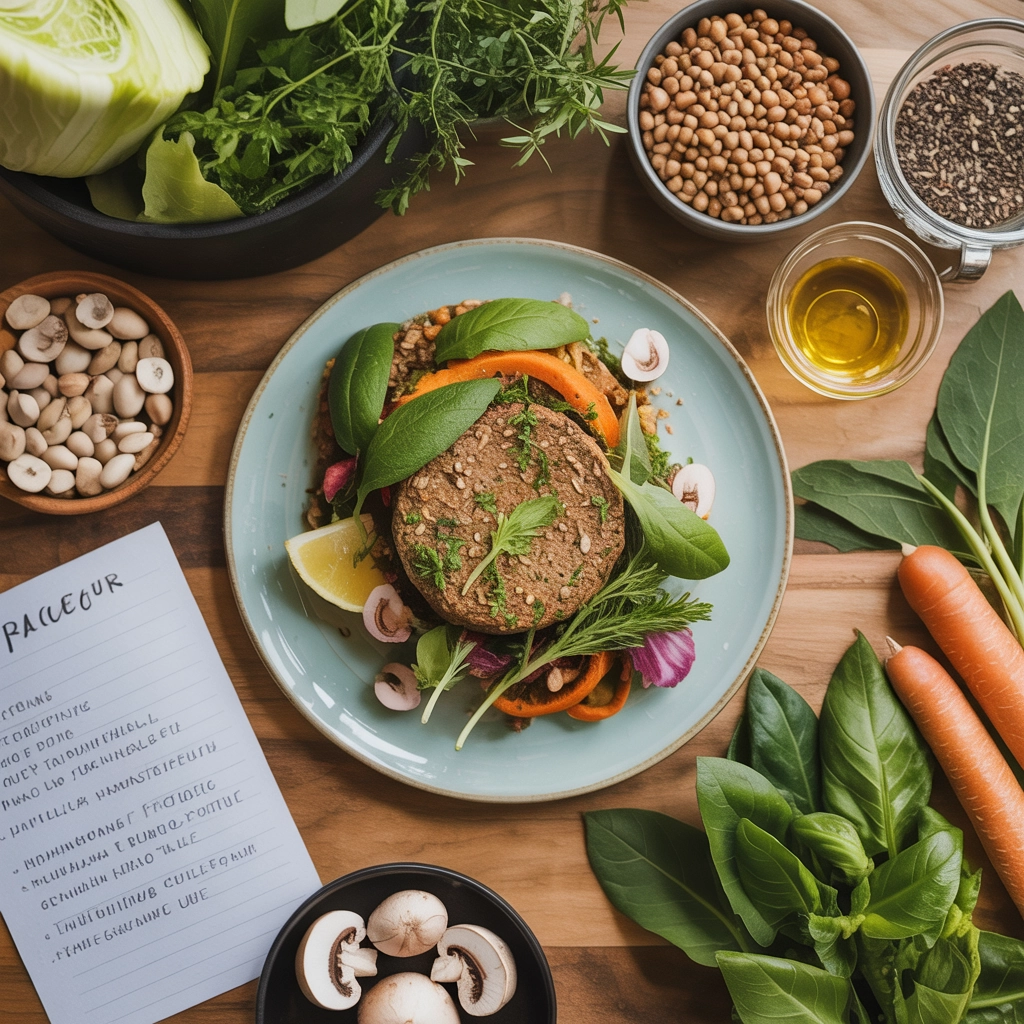
Success Stories: Brands Leading the Clean-Label Revolution
Several pioneering brands demonstrate the commercial viability of clean-label plant-based approaches:
Actual Veggies: Built a loyal following with colorful vegetable-forward burgers featuring fewer than 10 recognizable ingredients.
Meati Foods: Leveraged mycelium fermentation to create whole-cut meat alternatives with remarkably short ingredient lists focused on mushroom root.
Nobell Foods: Developed plant-based cheese using soy plants engineered to produce casein proteins, eliminating the need for extensive additives to achieve authentic cheese properties.
NotCo: Employed AI formulation to develop plant-based dairy and egg alternatives with shorter, cleaner ingredient lists than conventional competitors.
The Future: Integration of Clean Label and Functionality
The next frontier for clean-label plant-based focuses on functional benefits beyond simple nutrition:
- Adaptive proteins: Clean-label plant proteins tailored to specific health needs and dietary preferences
- Bioactive plant compounds: Leveraging natural plant properties for functional benefits without isolated additives
- Precision nutrition: Personalized plant-based formulations targeting individual health goals through clean ingredients
"We're entering an era where clean label and functional benefits aren't competing priorities but complementary aspects of next-generation plant-based foods," predicts nutrition scientist Dr. Emma Williams.
What This Means for Food Service and CPG Brands
For industry professionals, the clean-label plant-based evolution presents clear strategic imperatives:
- Audit current plant-based offerings for ingredient complexity and artificial additives
- Partner with suppliers developing clean-label plant-based innovations
- Communicate transparency as a core value proposition to increasingly skeptical consumers
- Invest in culinary development that enhances natural flavors without additive dependence
- Consider vertical integration for key plant protein ingredients to ensure quality and supply stability
Conclusion: Clean Label as the New Standard
The convergence of clean-label demands and technological innovation is fundamentally redefining plant-based foods. As consumers continue to seek products that align with their values around health, sustainability, and transparency, the industry's focus on simpler, recognizable ingredients enhanced by thoughtful processing will intensify.
For food and beverage professionals, the message is clear: clean-label plant-based isn't merely a trend but the new baseline expectation. Brands that embrace this shift early will establish stronger consumer trust and position themselves advantageously as the market continues its robust growth.
What clean-label plant-based innovations are you exploring in your operation? Share your experiences in the comments below or contact our editorial team to discuss featuring your clean-label success story in an upcoming issue.
Written by Michael Politz, Author of Guide to Restaurant Success: The Proven Process for Starting Any Restaurant Business From Scratch to Success (ISBN: 978-1-119-66896-1), Founder of Food & Beverage Magazine, the leading online magazine and resource in the industry. Designer of the Bluetooth logo and recognized in Entrepreneur Magazine's "Top 40 Under 40" for founding American Wholesale Floral. Politz is also the founder of the Proof Awards and the CPG Awards and a partner in numerous consumer brands across the food and beverage sector.



